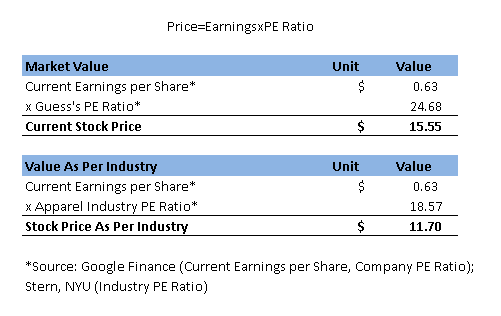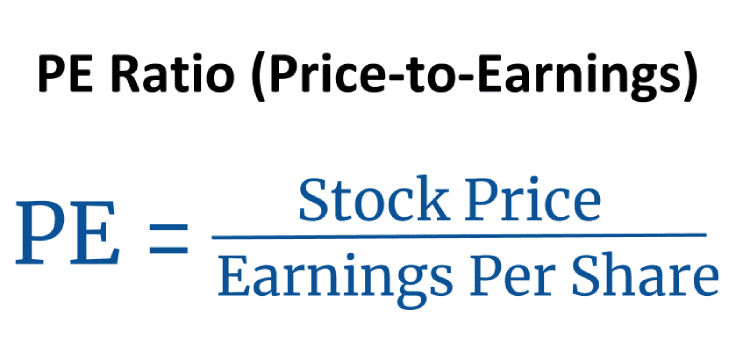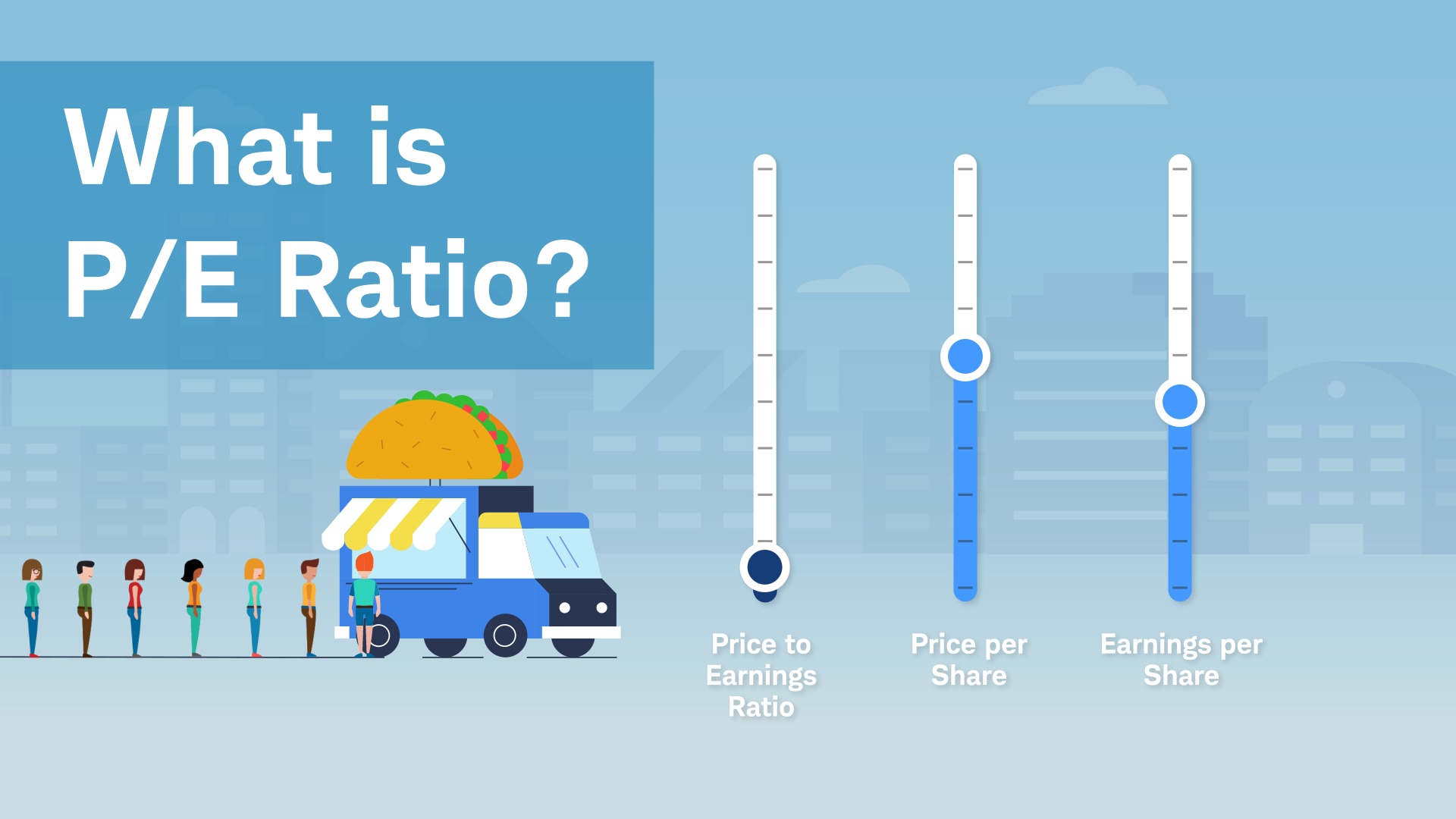Roads & PavementRoads & Pavement
Barefoot
Minimal
Low
Medium
High
Maximal
All around running shoes offer comfort and cushioning for daily runs, jogs, walks, and long mileage. They offer enough versatility for both faster and slower runs and are a great option for those who want one running shoe to do it all.
Fast run or uptempo running shoes are lightweight and responsive. They offer streamlined designs that have minimal uppers and offer a high level of energy return. These shoes are a great option for faster runs in the week or those looking for a livelier experience.
Max Cushion shoes offer premium cushioning with ample ground protection and a stable ride. These types of shoes provide abundant impact protection that softens landings while running at any pace or distance. These types of shoes are best for slower recovery runs and easy days where comfort takes priority.
Racing shoes are designed with optimal performance in mind. These types of shoes have snug-fitting uppers, energetic midsole foams, and features implemented for maximum efficiency. These types of shoes are best for runners looking to gain the ultimate advantage in races but may sacrifice some durability and comfort.
Gym Workout shoes offer a stable and versatile ride. They have a firmer underfoot feeling that provides stability for lateral movements with comfortable uppers. These types of shoes are best for trips to the gyms, cross training, casual wear, and light running. Cost of Capital Part 2 of 5 Cost of Preferred
Road running shoes feature smooth outsoles that are designed for running on paved surfaces such as roads, sidewalks, and bike paths.
Designed to handle most trail runs, these shoes prioritize comfort and a smooth ride. These shoes are great for anything from smooth singletrack, park trails, and fireroads making them ideal for those who run from their doorstep on streets before hitting the trail.
These shoes are best used for hard, rugged trails such as shale, granite or sandstone where grip on smooth surfaces and underfoot protection are important.
Designed for use in muddy, soggy conditions, these shoes feature very aggressive outsoles that dig deep into soft ground for exceptional traction.
These shoes feature technical outsoles designed to grip snowy and icy trails making them ideal for winter trail running.
Cushioning level, or stack height, refers to how much shoe is between your foot and the ground. For this category, we reference the amount of cushioning below the forefoot as the heel height will be equal to or greater than the forefoot height.
How to Calculate Stock Price 4 Main ways Fervent Finance
0-13mm. The Shoe generally does not have a midsole and feels like there is no cushioning. This shoe is all about feeling the ground underfoot.
14-18mm. The shoe has a thin midsole that allows for a natural running experience. Racing shoes and minimalist shoes are common here. These shoes offer a feeling of being connected to the road or trail.
19-23mm. The shoe has a slightly cushioned feel and may feature added cushioning technologies. Performance training shoes and some trail shoes are common here. These offer protection during footstrike but prioritize a lightweight, grounded experience.
24-28mm. These shoes have a stack height that fall near the middle of the spectrum.The shoes in this category are verstaile and great for all types of runs and distances.
29-34mm. The shoe has a thick midsole and ample cushioning. These shoes are highly protective and absorb more impact than the body.
35mm plus. The shoe has an extremely thick midsole and extra cushioning. The focus is on protection and soft foam underfoot with hardly any ground feel.
Neutral shoes support the foot through a normal range of arch collapse and generally do not have a built-in technology to correct movement.
Stability shoes are a great option for those who overpronate or need added support. These shoes help to limit the inward rolling motion of the ankle while running or walking and assist in guiding the foot straight through the gait cycle. PE Ratio Price to Earnings Definition Formula and More
Product Details:
Reversesplit How it Affects Price per Share FasterCapital sale, Fundamentals of Corporate Finance 2 e ppt video online download sale, Factors That Move Stock Prices Up and Down sale, How to Identify the Bottom of a Stock Market Correction by Mike sale, Apple s Stock Price Breaches 600 for First Time in 18 Months sale, Last year the price per share of Stock X increased by sale, Understanding Stock Splits and How It Works sale, Last year the price per share of Stock X increased by k percent sale, How to Calculate Cost Per Share Sapling sale, Brian Jung on X sale, PDF Determinants of Stock Price of Financial Sector A Study on sale, Earnings per share Enhancing Shareholder Value through Earnings sale, Stock Price Definition Price Changes How to Determine sale, What s the cost of preferred stock sale, 7 of 17 Ch.14 Cost of preferred stock explanation example sale, How to calculate the average issue price per share Quora sale, Cost of Preferred Stock Calculator Calculator Academy sale, Earnings Per Share Evaluate Stock Price and Common Stock sale, What Is Price Per Share PPS The Motley Fool sale, Share price Wikipedia sale, Value vs. Price What s the Difference When it Comes to Stocks sale, How Stock Price Is Determined What makes share price increase or sale, PE Ratio Definition Meaning of Price to Earnings Ratio Formula sale, Cost Average per share after selling shares English Portfolio sale, What is P E Ratio Charles Schwab sale, Earnings Per Share And Other Indicators principlesofaccounting sale, PE Ratio Price to Earnings Definition Formula and More sale, How to Calculate Stock Price 4 Main ways Fervent Finance sale, Cost of Capital Part 2 of 5 Cost of Preferred sale, Is The Guess Stock Price Driven By Current Earnings Or By Market sale, Cost Average per share after selling shares English Portfolio sale, Earnings Per Share EPS What It Means and How to Calculate It sale, How to calculate the share price Quora sale, Getting and Understanding Stock Quotes StockTrak sale, Using Price to Book Ratio to Analyze Stocks The Motley Fool sale, Cost of Preferred Stock Calculator Download Free Excel Template sale, How to Calculate the Issue Price Per Share of Stock The Tech sale, How to Calculate Weighted Average Price per Share Fox Business sale, How Stock Price Is Determined What makes share price increase or sale, P E Ratio Definition Price to Earnings Ratio Formula and Examples sale, How to calculate the cost of preferred stock Universal CPA Review sale, Solved Current market price per share of company s stock is sale, Cost of Preferred Stock for Startups Plan Projections sale, Solved Current market price per share of company s stock is sale, What Determines Stock Price 5 Must Watch Factors sale, What Is a P E Ratio The Motley Fool sale, Stock Average Calculator Cost Basis sale, Understanding Stock Prices Per Share Values sale, Cost of Preferred Stock kp Formula Calculator sale, Cost of Preferred Stock kp Formula Calculator sale, Product Info:
Stock cost per share sale.
- Increased inherent stability
- Smooth transitions
- All day comfort
Model Number: SKU#7301770





